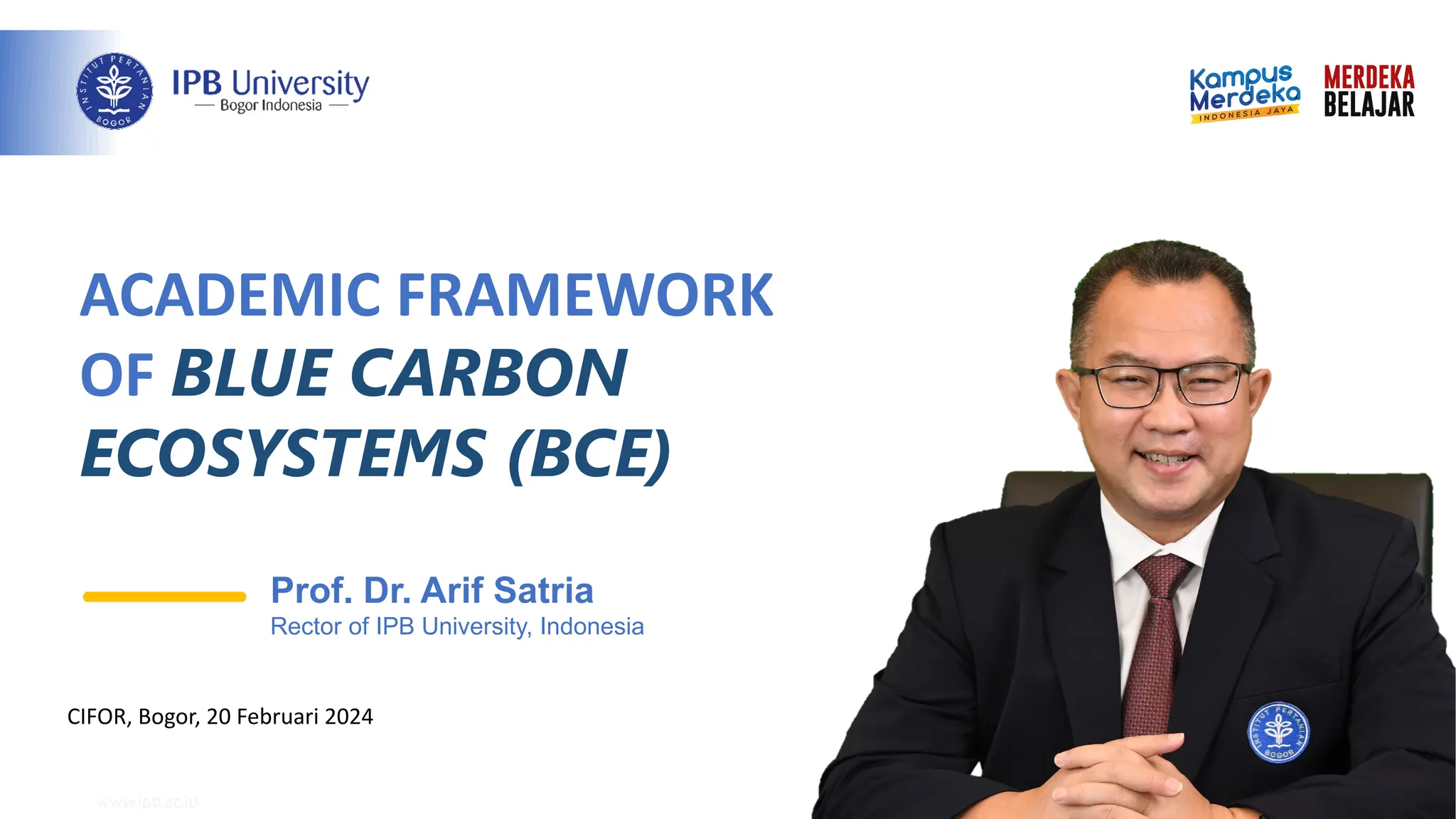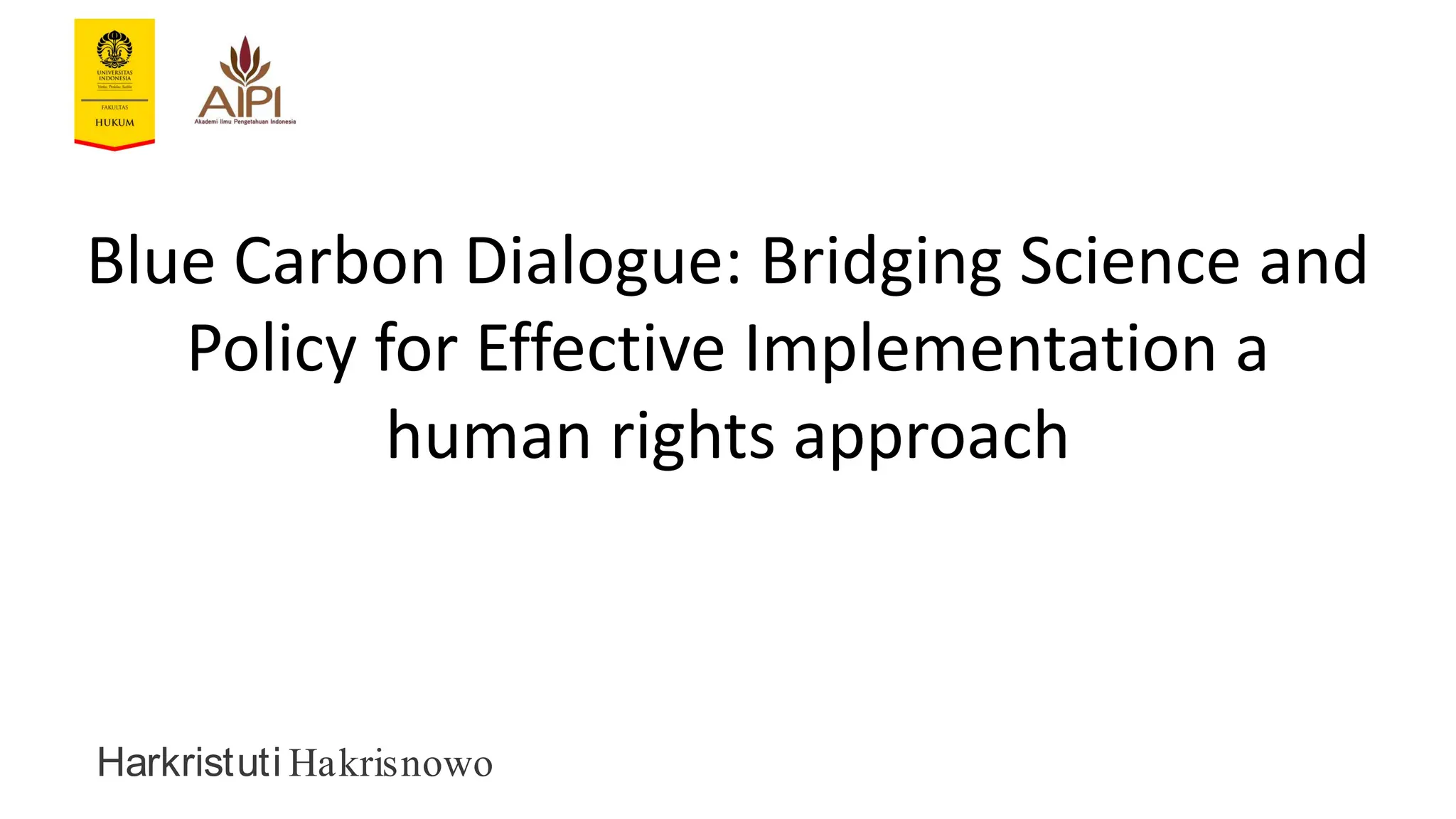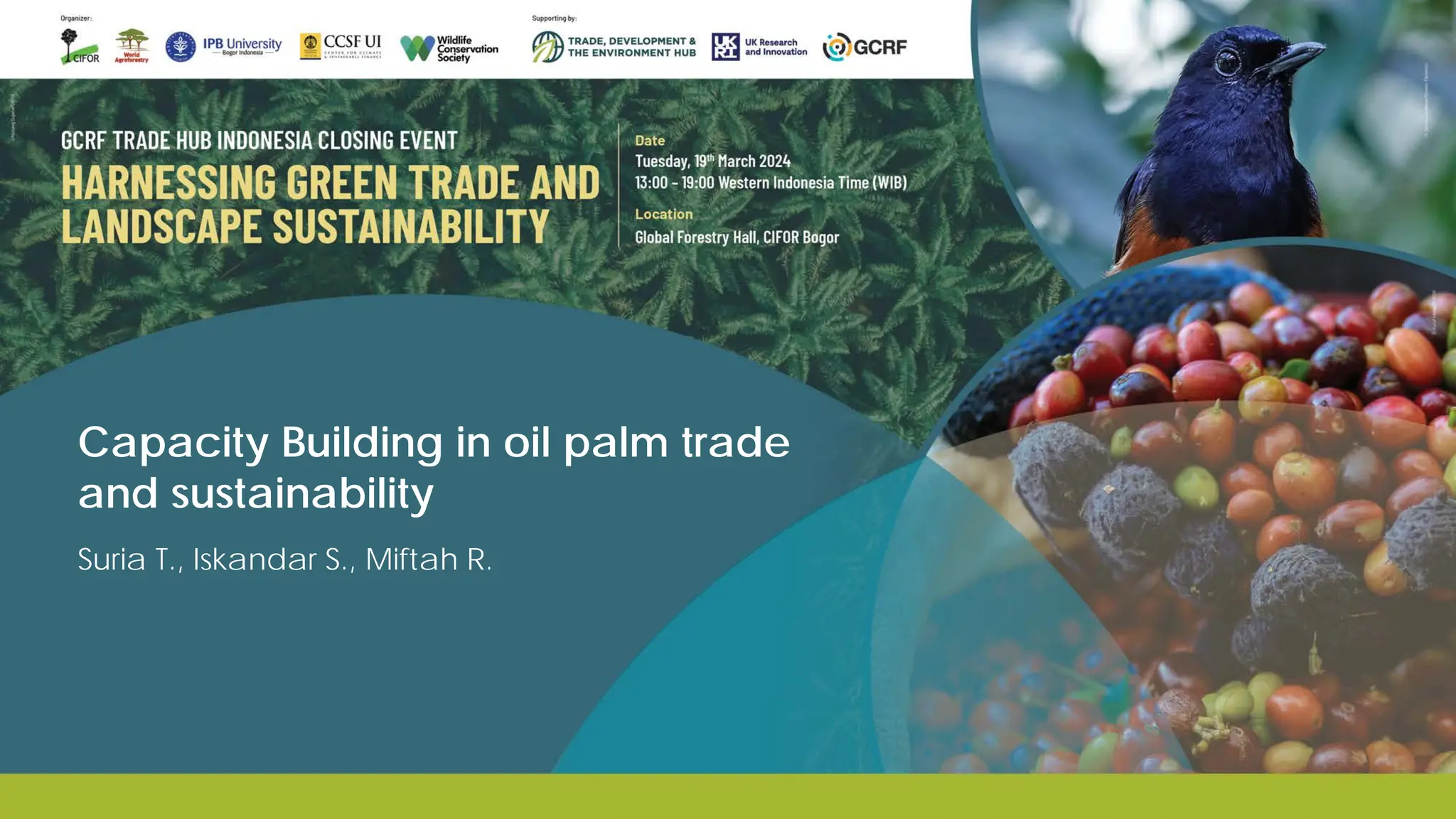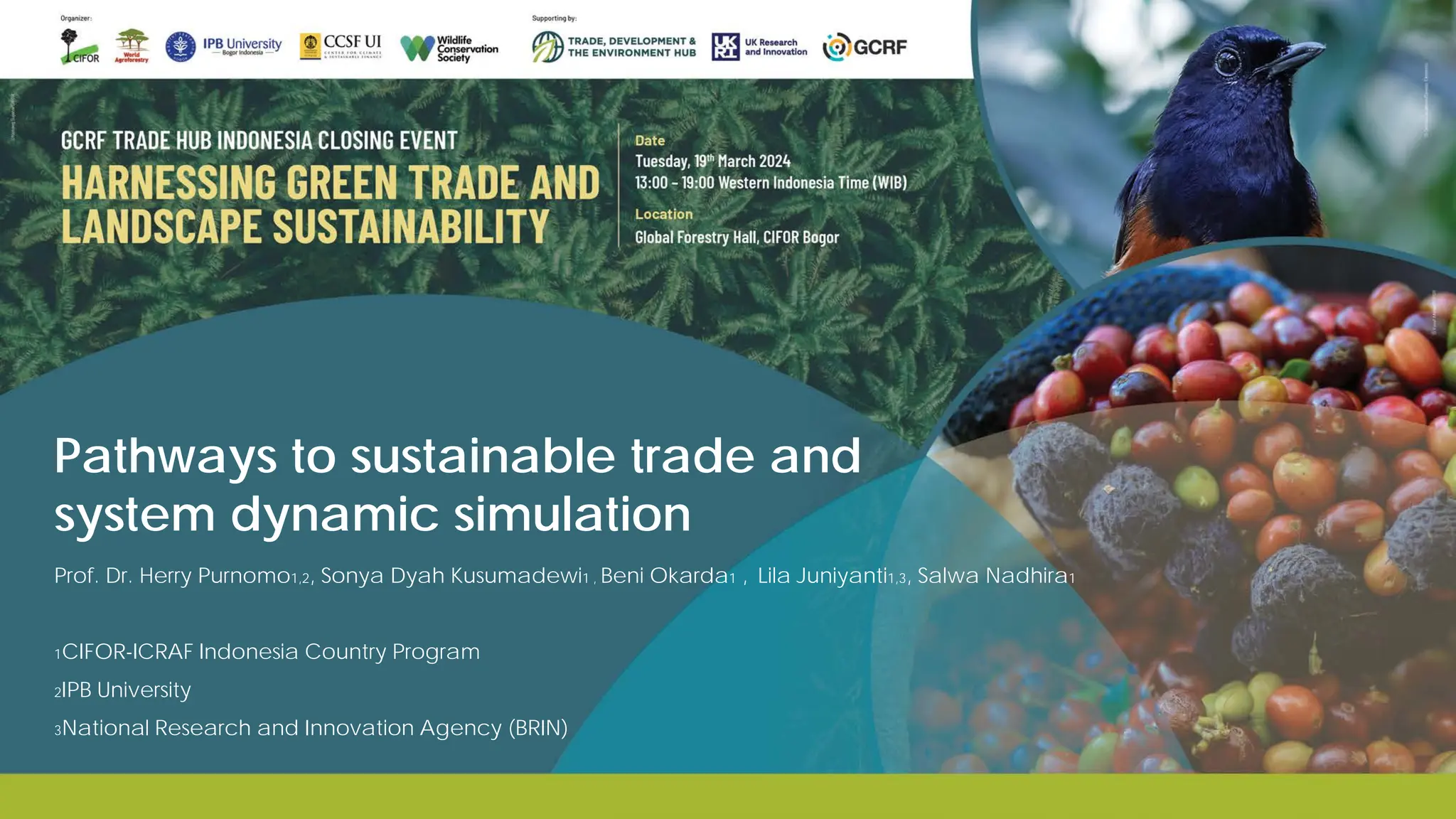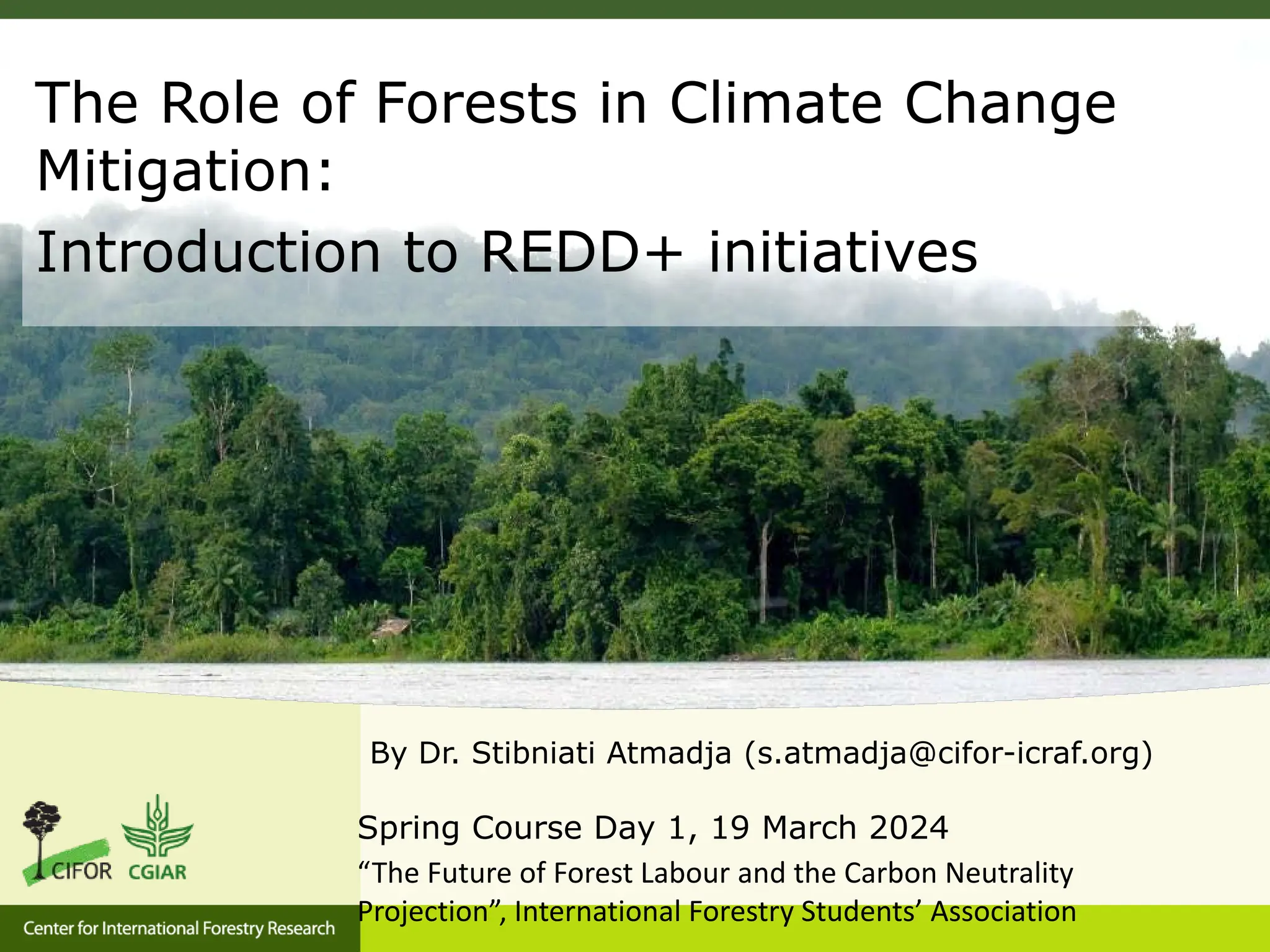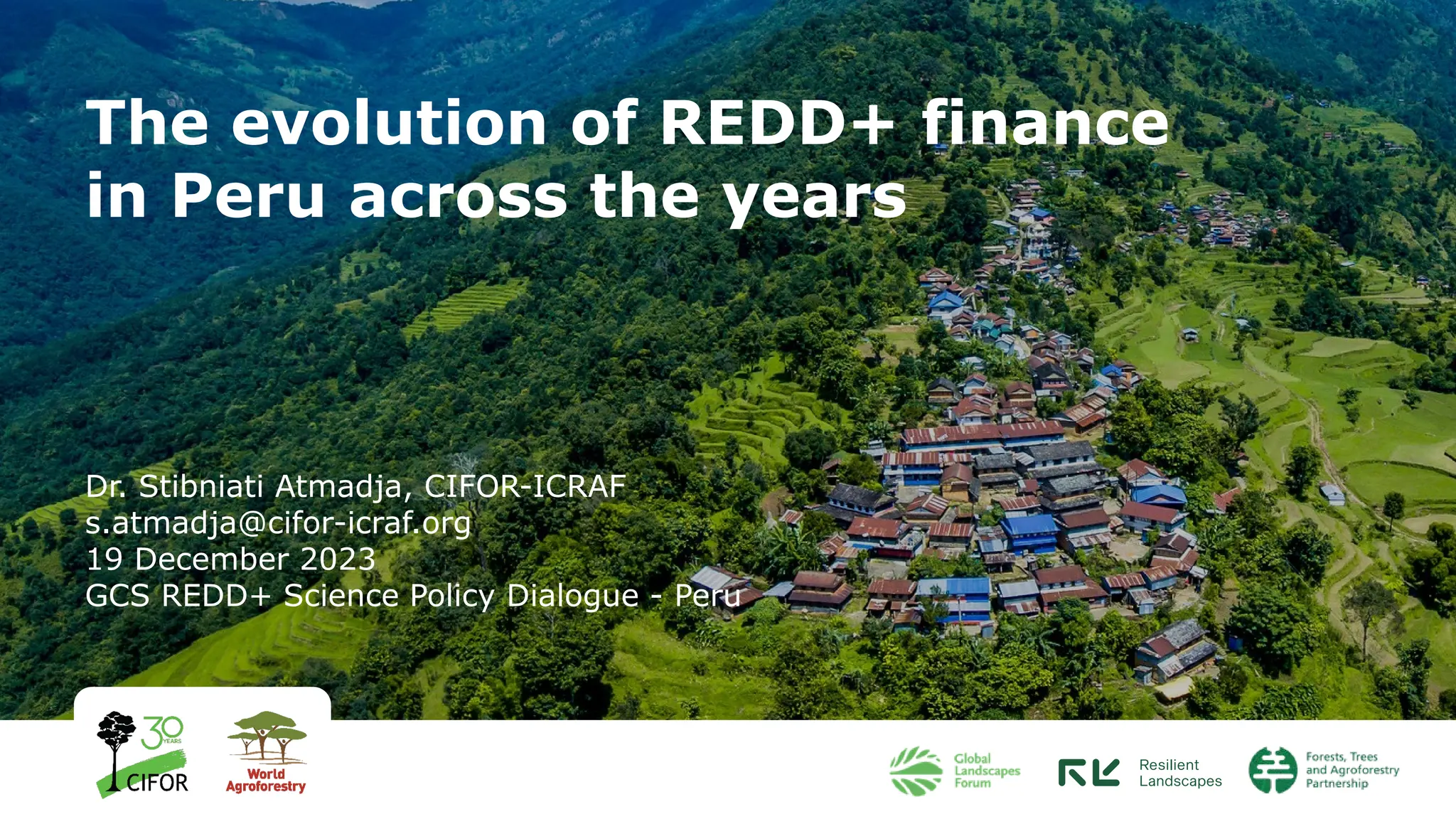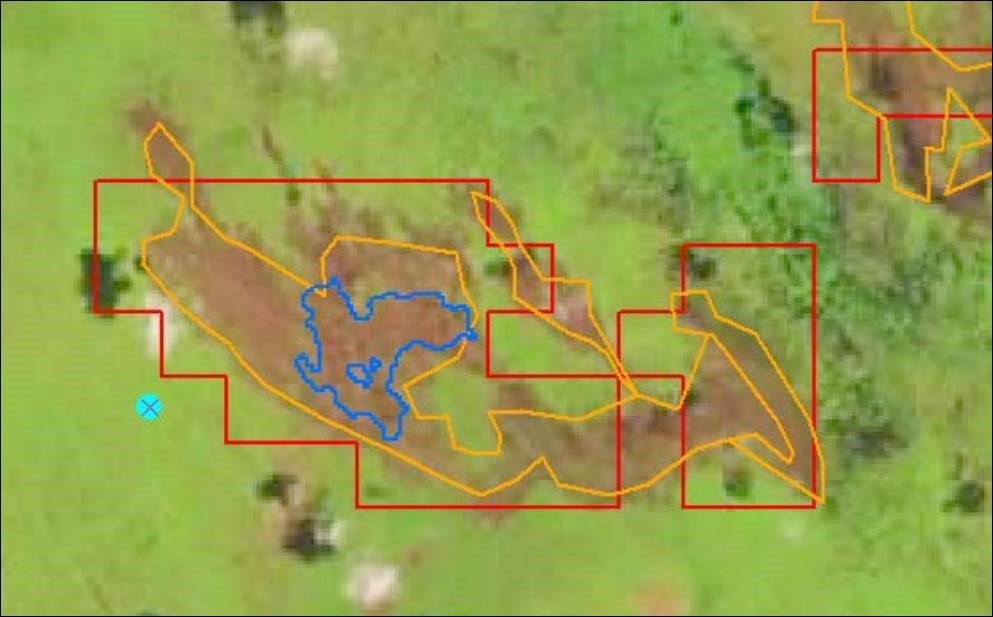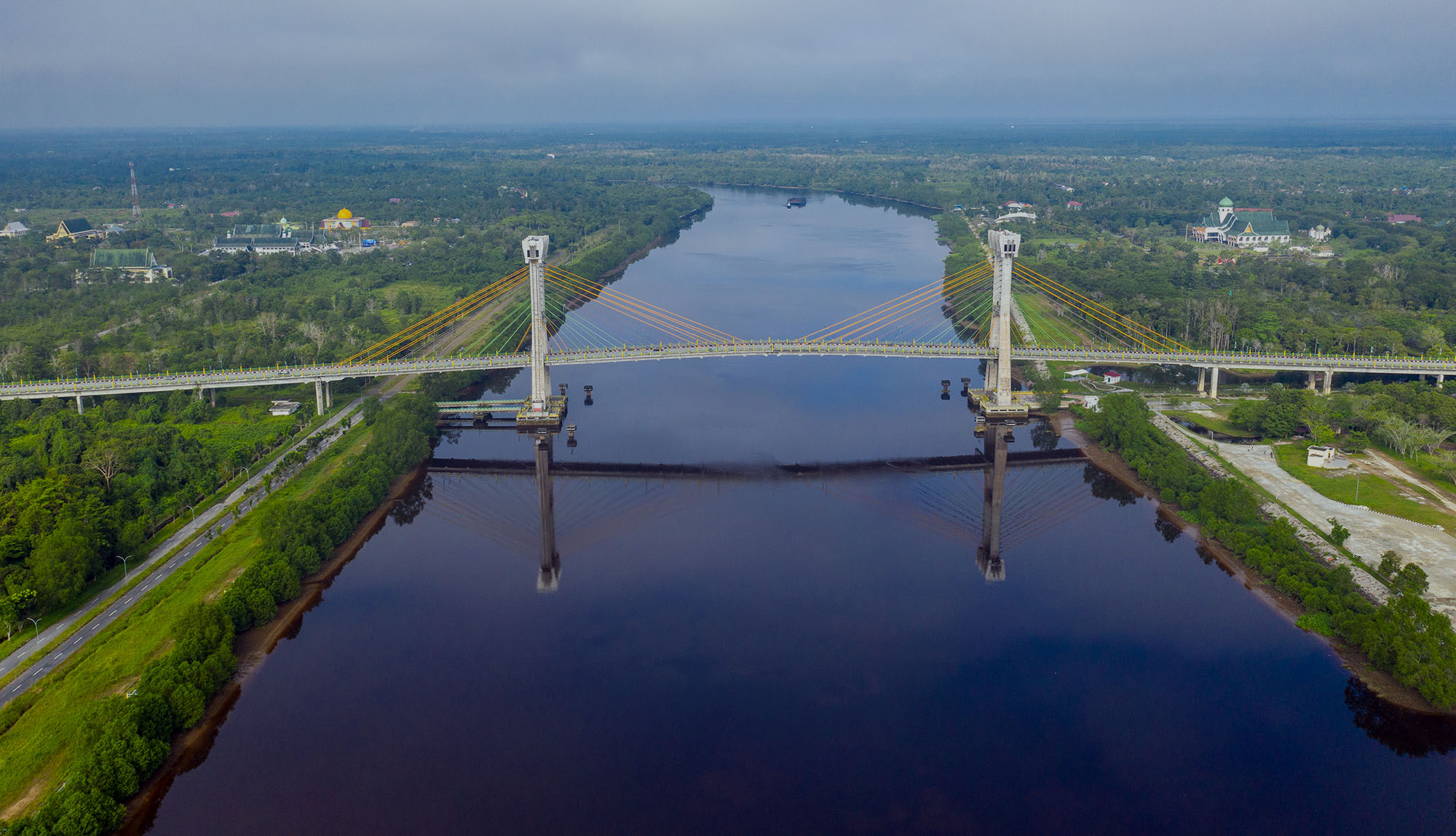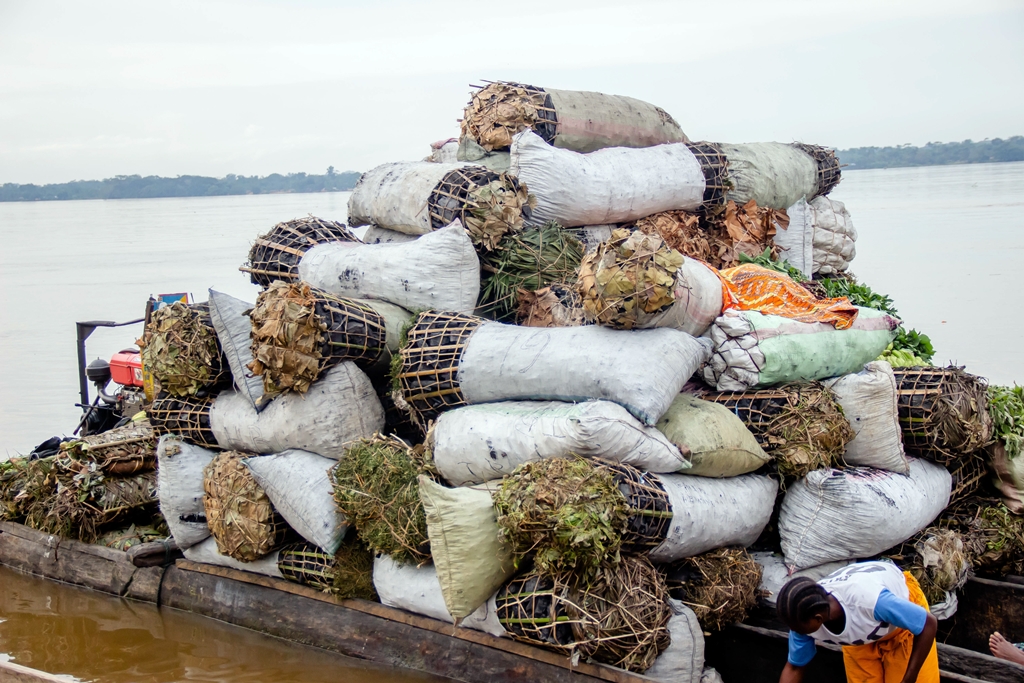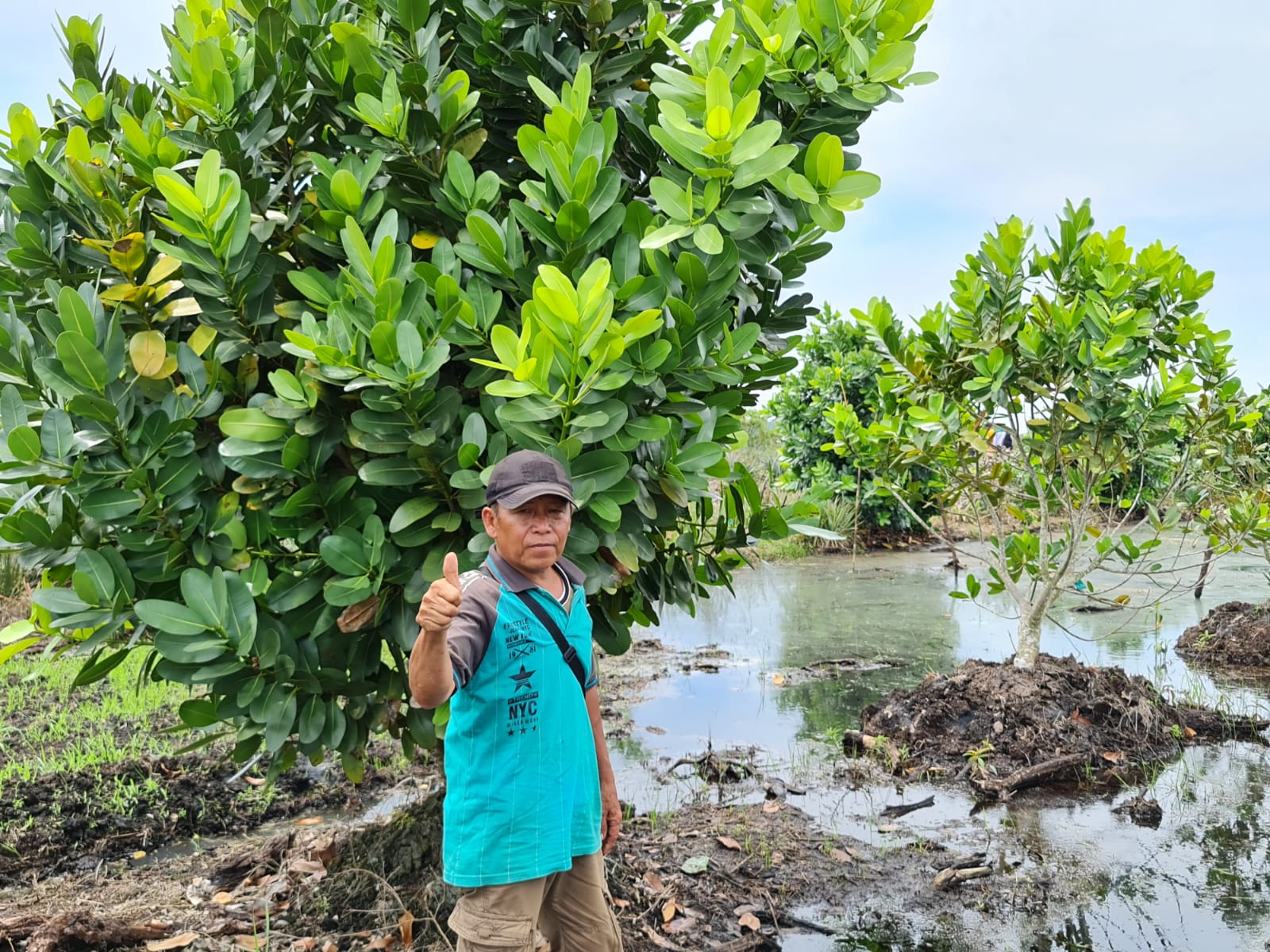Tropical peatlands are one of the least understood and monitored ecosystems, but recent research shows they’re critical for climate change mitigation and adaptation. They also provide food, medicine, timber and habitat for endangered species.
CIFOR-ICRAF has led groundbreaking and award-winning research on wetlands, including a pivotal 2011 discovery that mangroves store 3–5 times more carbon than other tropical forests, most of it in the soil1. In 2017, research using the Global Wetlands Map2 revealed there is three times more peat worldwide than previously thought3. Now the team is ramping up research and engagement to put a global spotlight on the value of these critical but fragile ecosystems.
One exciting route to lowering emissions is ‘blue carbon’ – the organic carbon that mangroves, tidal marshes, seagrass, seaweed and other coastal and marine ecosystems capture and store. Since this could be a game-changer when it comes to meeting countries’ emissions targets, researchers are trying to fill in the blanks on blue carbon’s potential to tackle climate change.
Contact us
Wetlands and blue carbon: Fast facts

















